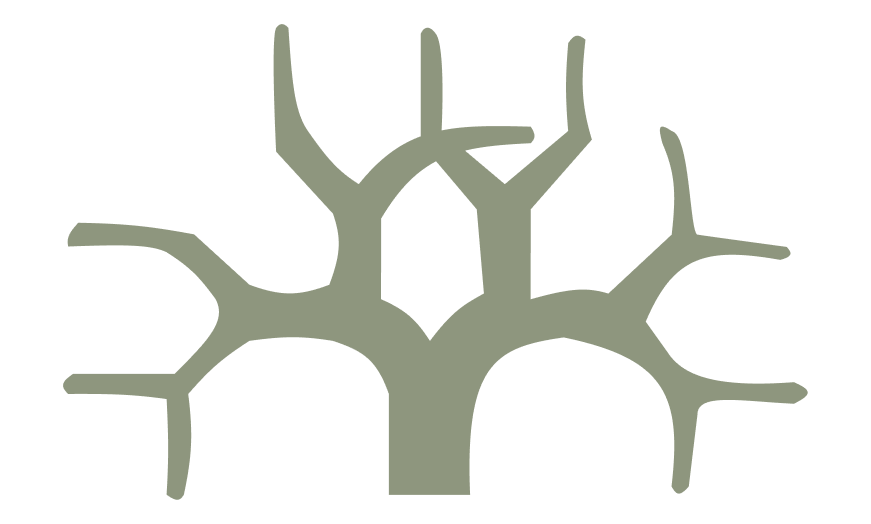Algorithmen und Datenstrukturen
Basic Data Structures
Overview
Fundamental data structures and their implementations
Learning Objectives
- Understand arrays and linked lists
- Master stack and queue implementations
- Work with trees and graphs
- Implement hash tables
- Analyze space and time complexity
Learning Resources
Introduction to Algorithms
MIT's comprehensive algorithms course
MIT OCW
Algorithms Specialization
Stanford's algorithm course series
Stanford
Data Structure Learning
Interactive coding challenges
LeetCode
Data Structure Visualizations
Interactive algorithm animations
VisuAlgo
Algorithms, Part I
Princeton's algorithm course materials
Princeton
Data Structures & Algorithms
Interactive textbook with visualizations
Open DSA
TheAlgorithms/Python
Algorithm implementations in Python
GitHub
Data Structures
Practice implementing data structures
HackerRank
Algorithms and Data Structures
ETH's algorithm course materials
ETH Zürich
Data Structure Visualizations
Interactive algorithm visualizations
USFCA
Practical Applications
Database Systems
Efficient data organization and retrieval
Example: B-trees in database indexing
Operating Systems
Memory management and scheduling
Example: Process scheduling queues
Practice Problems
- Implement a balanced binary search tree
- Design a hash table with collision handling
- Create a priority queue using heaps
Algorithm Analysis & Complexity
Overview
Understanding and analyzing algorithm efficiency
Learning Objectives
- Master Big O notation
- Analyze time and space complexity
- Compare algorithm efficiency
- Understand NP-completeness
- Identify algorithmic bottlenecks
Learning Resources
Analysis of Algorithms
Advanced algorithm analysis
MIT OCW
Complexity Theory
Deep dive into complexity theory
Stanford
CS170
Efficient algorithms and intractable problems
Berkeley
Advanced Algorithms
Harvard's advanced algorithms course
Harvard
Big-O Cheat Sheet
Visual complexity comparisons
Toptal
Algorithm Complexity
Practice with complexity analysis
CodeSignal
Algorithm Analysis
CMU's algorithm analysis materials
CMU
Introduction to Algorithms
Comprehensive algorithm textbook
CLRS
Algorithm Complexity
Visualize algorithm performance
Algorithm Visualizer
Complexity Theory
Advanced complexity theory
ETH Zürich
Practical Applications
System Design
Optimizing large-scale systems
Example: Choosing efficient data structures for high-load services
Performance Engineering
Identifying and resolving bottlenecks
Example: Optimizing database query performance
Resource Planning
Estimating computational requirements
Example: Cloud infrastructure scaling decisions
Practice Problems
- Analyze time complexity of recursive algorithms
- Compare different solutions for the same problem
- Identify complexity classes of algorithms
- Optimize algorithms for better performance
Sorting & Searching Algorithms
Overview
Fundamental algorithms for organizing and finding data
Learning Objectives
- Master common sorting algorithms
- Understand searching techniques
- Analyze algorithm efficiency
- Implement optimal solutions
- Choose appropriate algorithms for different scenarios
Learning Resources
Sorting and Searching
Comprehensive sorting algorithms
MIT OCW
Sorting Algorithms
Visual comparison of sorting algorithms
USF
Sorting Problems
Practice sorting implementations
AlgoExpert
Sorting Algorithms
Stanford's sorting algorithm analysis
Stanford
Sorting Visualizer
Interactive sorting demonstrations
Visualgo
Mergesort & Quicksort
Deep dive into efficient sorting
Princeton
Binary Search Problems
Search algorithm practice
LeetCode
Sorting & Searching
Berkeley's algorithm materials
Berkeley
Searching Algorithms
Comprehensive algorithm textbook
UIUC
Sorting Implementations
Detailed implementation guides
GeeksforGeeks
Practical Applications
Database Systems
Efficient data retrieval
Example: Implementing database indexing
File Systems
Organizing and searching files
Example: File name sorting in directories
Data Analytics
Processing large datasets
Example: Sorting and searching big data
Practice Problems
- Implement QuickSort with different pivot strategies
- Create an efficient binary search implementation
- Optimize sorting for nearly sorted data
- Implement hybrid sorting algorithms
Graph Algorithms
Overview
Algorithms for processing and analyzing graph structures
Learning Objectives
- Understand graph representations
- Master graph traversal algorithms
- Implement shortest path algorithms
- Work with minimum spanning trees
- Analyze graph connectivity
Learning Resources
Graph Algorithms
MIT's graph algorithm course
MIT OCW
Graph Visualization
Interactive graph algorithm demos
Visualgo
Graph Theory
Stanford's graph algorithm course
Stanford
Graph Problems
Graph algorithm practice
LeetCode
Graph Algorithms
UCSD's graph algorithm course
Coursera
Graph Algorithms
Visual graph algorithm guide
Algorithm Visualizer
Graph Algorithms
Princeton's algorithm materials
Princeton
Graph Algorithms
Complete implementation guide
GeeksforGeeks
Graph Theory
Latest graph algorithm research
ArXiv
Graph Problems
Advanced graph problem set
CSES
Practical Applications
Social Networks
Analyzing relationships and connections
Example: Friend recommendation systems
Transportation
Route planning and optimization
Example: GPS navigation systems
Computer Networks
Network routing protocols
Example: Internet packet routing
Practice Problems
- Implement Dijkstra's shortest path algorithm
- Create a minimum spanning tree using Kruskal's algorithm
- Detect cycles in directed and undirected graphs
- Find strongly connected components
Algorithm Design Techniques
Overview
Fundamental approaches to solving algorithmic problems
Learning Objectives
- Master divide-and-conquer strategies
- Understand dynamic programming
- Apply greedy algorithms
- Implement backtracking solutions
- Use branch and bound techniques
Learning Resources
Advanced Algorithms
Advanced algorithm design techniques
MIT OCW
Algorithm Design
Stanford's algorithm design course
Stanford
Algorithmic Toolbox
UCSD's algorithm design course
Coursera
Dynamic Programming
Advanced DP problem collection
Codeforces
Algorithm Design
ETH's algorithm design course
ETH Zürich
Algorithm Design
Classic algorithm design textbook
Kleinberg & Tardos
Algorithm Design
Visualize algorithm techniques
VisuAlgo
Advanced Algorithms
CMU's algorithm design materials
CMU
Educational DP Contest
Dynamic programming practice
AtCoder
Algorithm Techniques
Comprehensive algorithm guide
CP-Algorithms
Practical Applications
Optimization Problems
Resource allocation and scheduling
Example: Job scheduling in cloud computing
Game Development
Path finding and AI strategies
Example: NPC behavior algorithms
Financial Systems
Trading and portfolio optimization
Example: Automated trading strategies
Practice Problems
- Solve knapsack problem using dynamic programming
- Implement traveling salesman using branch and bound
- Create solutions using divide-and-conquer
- Design efficient greedy algorithms
